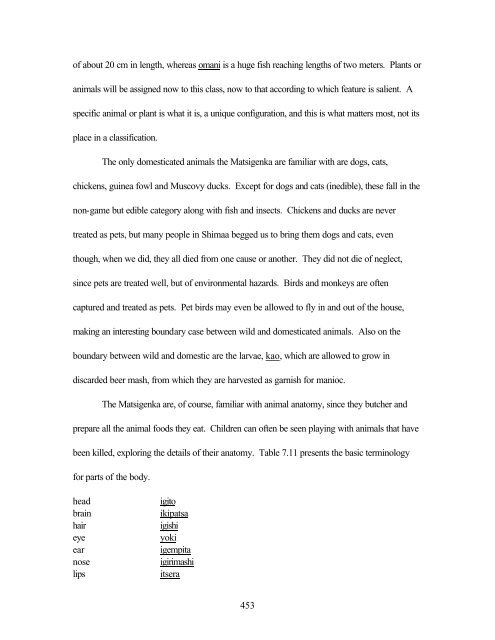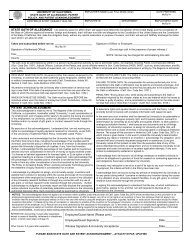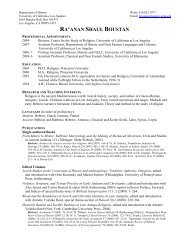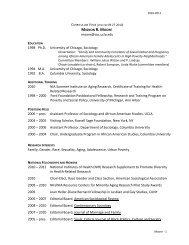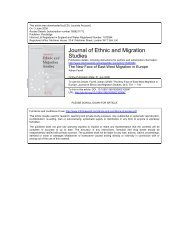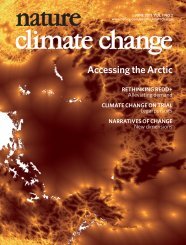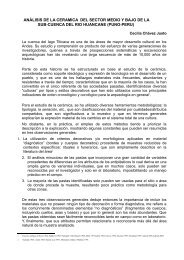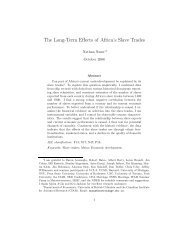433 Chapter Seven Cosmos For the Matsigenka of Shimaa, kameti ...
433 Chapter Seven Cosmos For the Matsigenka of Shimaa, kameti ...
433 Chapter Seven Cosmos For the Matsigenka of Shimaa, kameti ...
You also want an ePaper? Increase the reach of your titles
YUMPU automatically turns print PDFs into web optimized ePapers that Google loves.
<strong>of</strong> about 20 cm in length, whereas omani is a huge fish reaching lengths <strong>of</strong> two meters. Plants or<br />
animals will be assigned now to this class, now to that according to which feature is salient. A<br />
specific animal or plant is what it is, a unique configuration, and this is what matters most, not its<br />
place in a classification.<br />
The only domesticated animals <strong>the</strong> <strong>Matsigenka</strong> are familiar with are dogs, cats,<br />
chickens, guinea fowl and Muscovy ducks. Except for dogs and cats (inedible), <strong>the</strong>se fall in <strong>the</strong><br />
non-game but edible category along with fish and insects. Chickens and ducks are never<br />
treated as pets, but many people in <strong>Shimaa</strong> begged us to bring <strong>the</strong>m dogs and cats, even<br />
though, when we did, <strong>the</strong>y all died from one cause or ano<strong>the</strong>r. They did not die <strong>of</strong> neglect,<br />
since pets are treated well, but <strong>of</strong> environmental hazards. Birds and monkeys are <strong>of</strong>ten<br />
captured and treated as pets. Pet birds may even be allowed to fly in and out <strong>of</strong> <strong>the</strong> house,<br />
making an interesting boundary case between wild and domesticated animals. Also on <strong>the</strong><br />
boundary between wild and domestic are <strong>the</strong> larvae, kao, which are allowed to grow in<br />
discarded beer mash, from which <strong>the</strong>y are harvested as garnish for manioc.<br />
The <strong>Matsigenka</strong> are, <strong>of</strong> course, familiar with animal anatomy, since <strong>the</strong>y butcher and<br />
prepare all <strong>the</strong> animal foods <strong>the</strong>y eat. Children can <strong>of</strong>ten be seen playing with animals that have<br />
been killed, exploring <strong>the</strong> details <strong>of</strong> <strong>the</strong>ir anatomy. Table 7.11 presents <strong>the</strong> basic terminology<br />
for parts <strong>of</strong> <strong>the</strong> body.<br />
head<br />
brain<br />
hair<br />
eye<br />
ear<br />
nose<br />
lips<br />
igito<br />
ikipatsa<br />
igishi<br />
yoki<br />
igempita<br />
igirimashi<br />
itsera<br />
453


